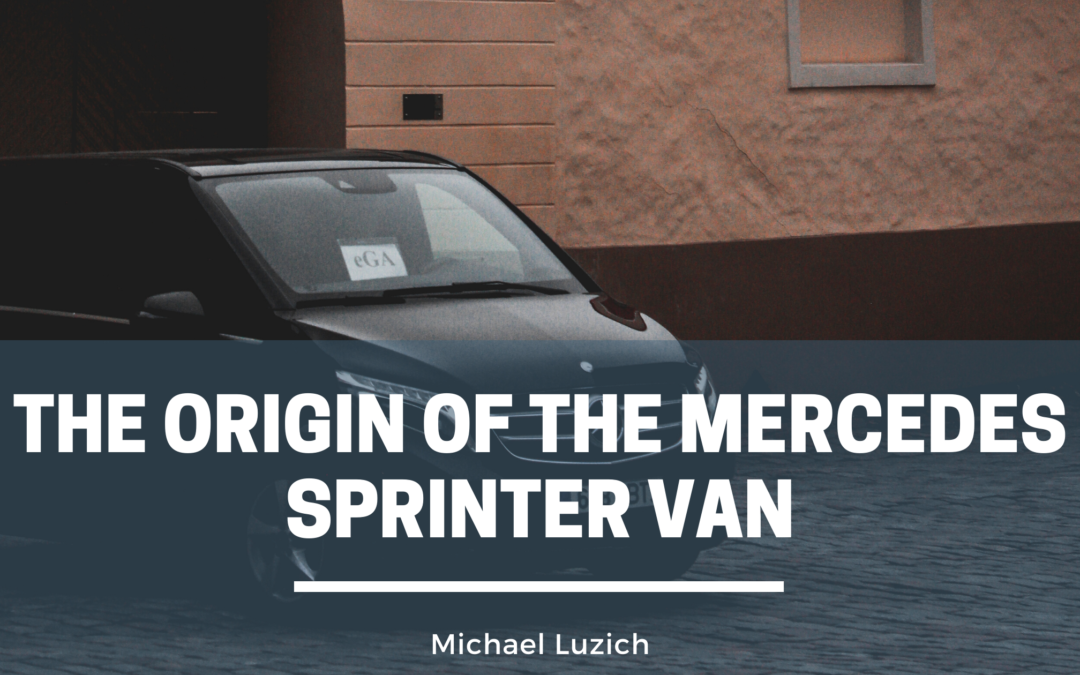When reading the words “Mercedes-Benz,” most people undoubtedly picture a high-status luxury vehicle. While Mercedes has carved out its place with cars worthy of carrying presidents and performance cars that regularly win races, the German automaker also has its hand in simpler vehicle segments.
Unlike the rest of the lineup, the Mercedes Sprinter van is a vehicle class that “hides” in plain sight. Mercedes has been making simple vans for as long as cars have existed. In 1896, at the automobile age’s dawn, Karl Benz created a “combination delivery vehicle.” Considered the first van ever produced, the driver sat in front of an enclosure for goods and merchandise. The rudimentary delivery van could carry approximately 660 pounds, powered by a single-cylinder 2.9L engine making five horsepower. It sold for 4,500 Marks.
Mercedes eventually released a proper van in meaningful quantities in 1929 with the L1000 Express Van. The German automaker also released the L319, L406 D, and fan-favorite TN in later decades. First produced in 1977, the TN was colloquially known as the Bremer Model due to its origin in Bremen, Germany. It was the most successful van Mercedes had produced.
The original Mercedes Sprinter made its initial appearance in 1995. A streamlined body helped cut the Sprinter’s fuel consumption, a positive for business owners. Front and rear disc brakes and anti-lock brakes (a first for commercial vans) helped the Sprinter become one of the safest commercial vehicle options.
Sprinter
A luxury vehicle it was not. Mercedes produced the simple interior to tight tolerances with an ergonomic design. With a wide variety of sizes, consumers snapped up this new entry in Mercedes’ van line. Both delivery companies and emergency services alike found uses for the new Sprinter van. In its inaugural year, it won 1995 International Van of the Year.
That first-generation iteration lasted until 2006, and an updated second-generation model would reign until its end in 2018. Today, the Mercedes Sprinter sits in the middle of its third generation. Variety is still a specialty of the Sprinter as its available in a cargo van, crew van, passenger van, and cab chassis variant. Each version comes in various lengths and roof heights to allow the perfect fit for any job. Along with its varying shapes, the Sprinter continues the safety focus of the original model.
While Mercedes intended its Sprinter panel vans as commercial vehicles, their recreational use has dramatically increased. The world of camping and campers welcomed Sprinter’s excellent reputation in the commercial transport world. Many companies such as Airstream and Winnebago use the Sprinter as the foundation for their camper van conversions, producing comfortable living spaces on wheels. Many DIYers or frugal campers enjoy the Sprinter without an expensive conversion.
The Mercedes Benz Sprinter is undoubtedly one of the company’s most successful vehicles. A dependable workhorse for business and recreation alike, the Sprinter evidences over 100 years of van-making experience. With the eSprinter on the horizon, Mercedes is prepared to maintain its lead for years to come.
